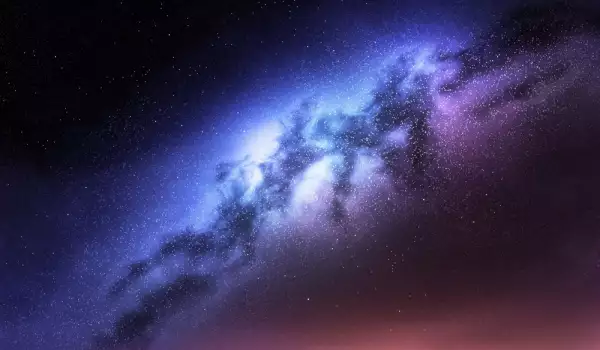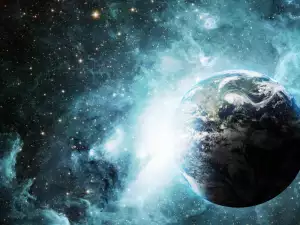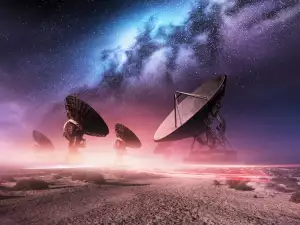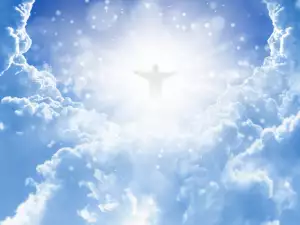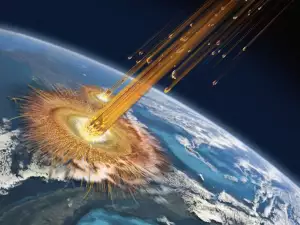The Milky Way galaxy is found in the Laniakea supercluster, which translated from Hawaiian means "immeasurable heaven". The galaxy supercluster was unknown to scientists until now.
Astronomers tell Nature journal that the Milky Way is located on the edges of this supercluster.
The find was made while scientists were working on a new mapping technique, which combines not only the distances between neighboring galaxies but also their relative movements.
Using the new technique, scientists have managed to accurately map the beginning and end of a star cluster, as well as the location of the galaxies within it. A gravitational limit has also been drawn between the galaxies.
In the new map, it is seen that the Milky Way is found in the Virgo Supercluster and in the edges of the Laniakea massive supercluster. This massive supercluster has a diameter of nearly 520 million light years, with 1 light year equaling about 9.46 trillion kilometers.
The Laniakea supercluster borders the Shapley, Hercules, Coma Berenices and Perseus-Pisces superclusters, even though the far ends of the neighboring galactic centers have not yet been determined.
Astronomer Brent Tully from the University of Hawaii, lead researcher of the study, announced that measurements of the massive supercluster will continue.
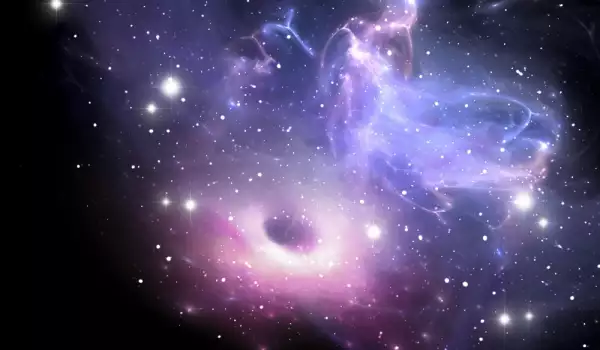
Up until now scientists thought that the Milky Way galaxy - home to Earth and the rest of the solar system, was part of a galactic cluster with a diameter of 100 million light years.
This proves how small we actually are in relation to outer Space. It also allows for the full possibility of the existence of extraterrestrial life.
Weeks ago, astronauts on the International Space Station found living microorganisms in outer Space. The find stunned scientists across the world.
According to cosmonaut Vladimir Solovyev, "The living microorganisms are plankton, which ended up on one of their illuminators' surface during space operations."
At this point, the Russian Federal Space Agency has absolutely no idea where the living microorganisms could have come from.
